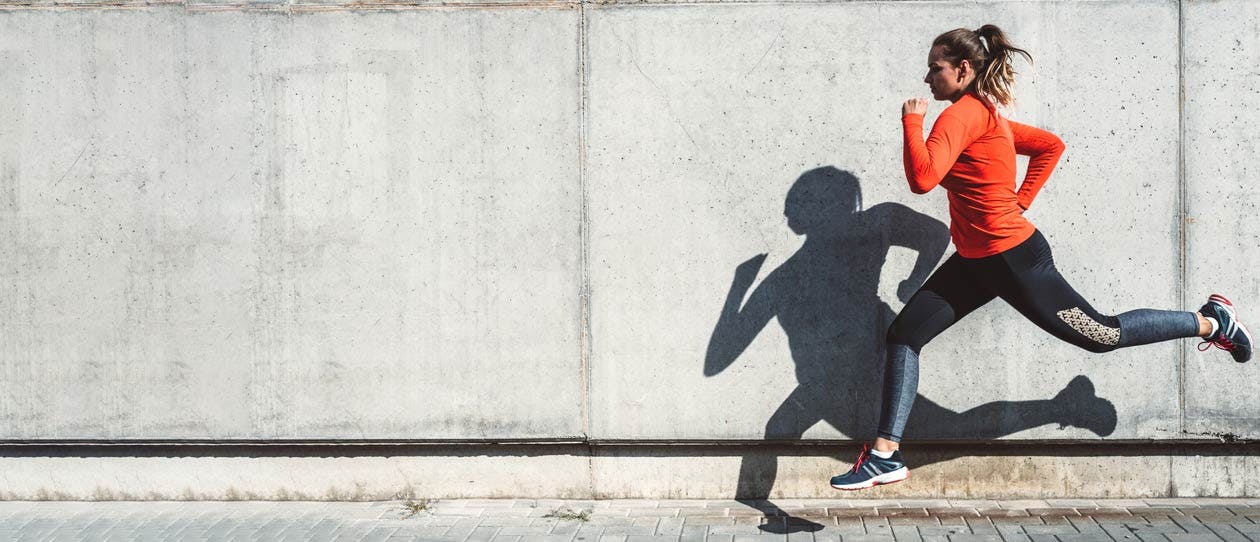What is runner’s knee?
The most common type of knee problem is pain that occurs around the front of the knee or knee cap, also called the patella.
This pain is often referred to as runner’s knee, which we call a “bucket” diagnosis because it includes several different causes.
It has other names including patellofemoral pain syndrome (PFPS), anterior knee pain syndrome (AKP), and chondromalacia patellae (softening of the cartilage on the back of the kneecap).
What causes runner’s knee?
The pain of runner’s knee usually comes on as the load applied to the knee is increased, or the muscles that support the knee have become weak.
A common time for runner’s knee to develop is when you’re training for a race like a half marathon or marathon.
Despite the name, it has many other triggers and often affects people who don’t run at all. Anything that increases load around the knees can bring it on, including walking, stairs, cycling, weight gain, squatting, lunges etc.
What does runner’s knee feel like?
If you have pain around the front of your knee and haven’t had a traumatic injury like a fall or bad twist, the chances are you probably have runner’s knee. It’s very common and according to research, nearly 1 in 4 people will experience this type of knee pain.
It usually hurts during activities that stress the knee like stairs, squatting, running, jumping, and sitting for extended periods (theatre sign), and feels better with rest, ice and taping or bracing.
Often, but not always, there may be some grinding and clicking of the kneecap. If there is significant swelling, your knee feels like it’s giving way, or it locks up on you, you may have some other things going on that need to be looked at more closely.


